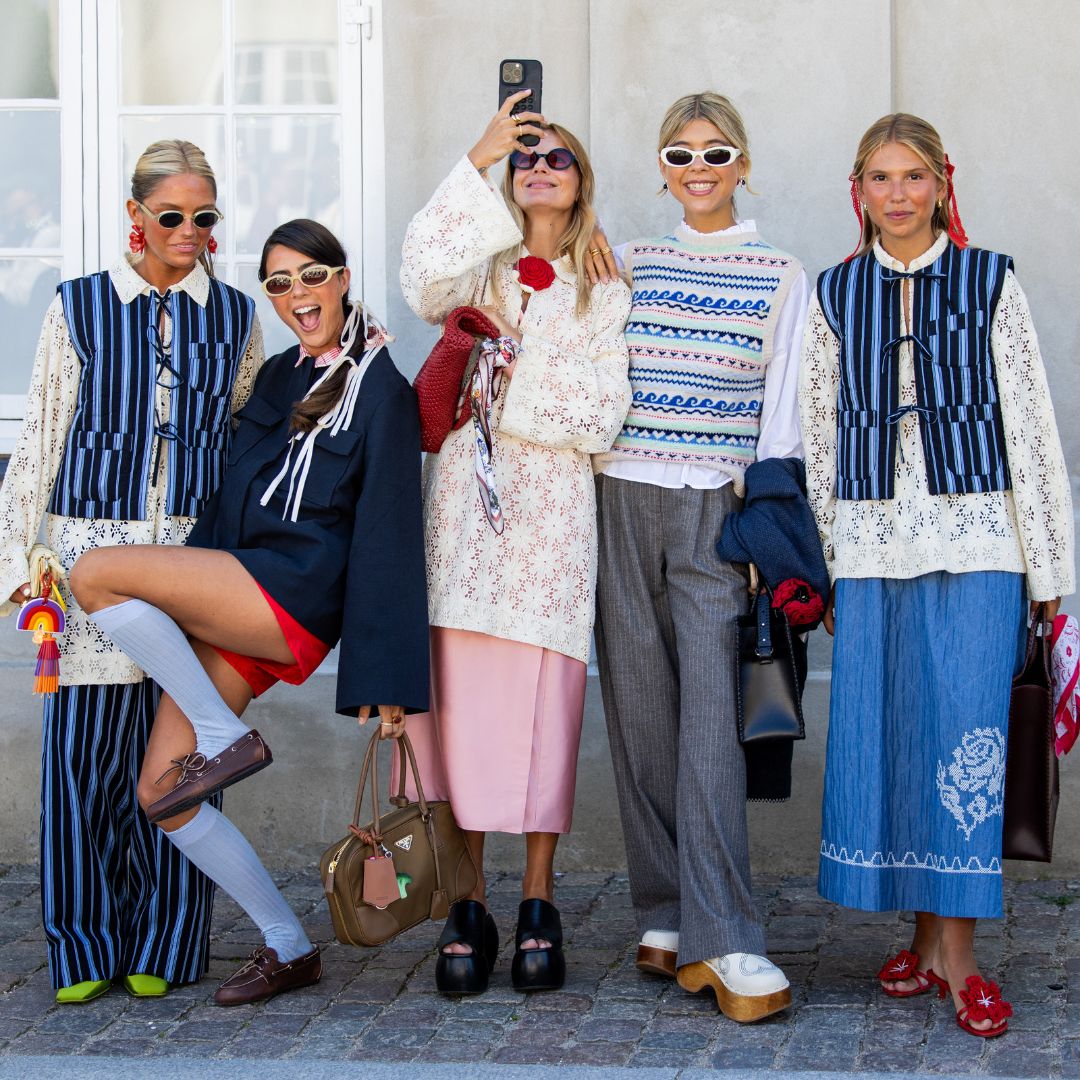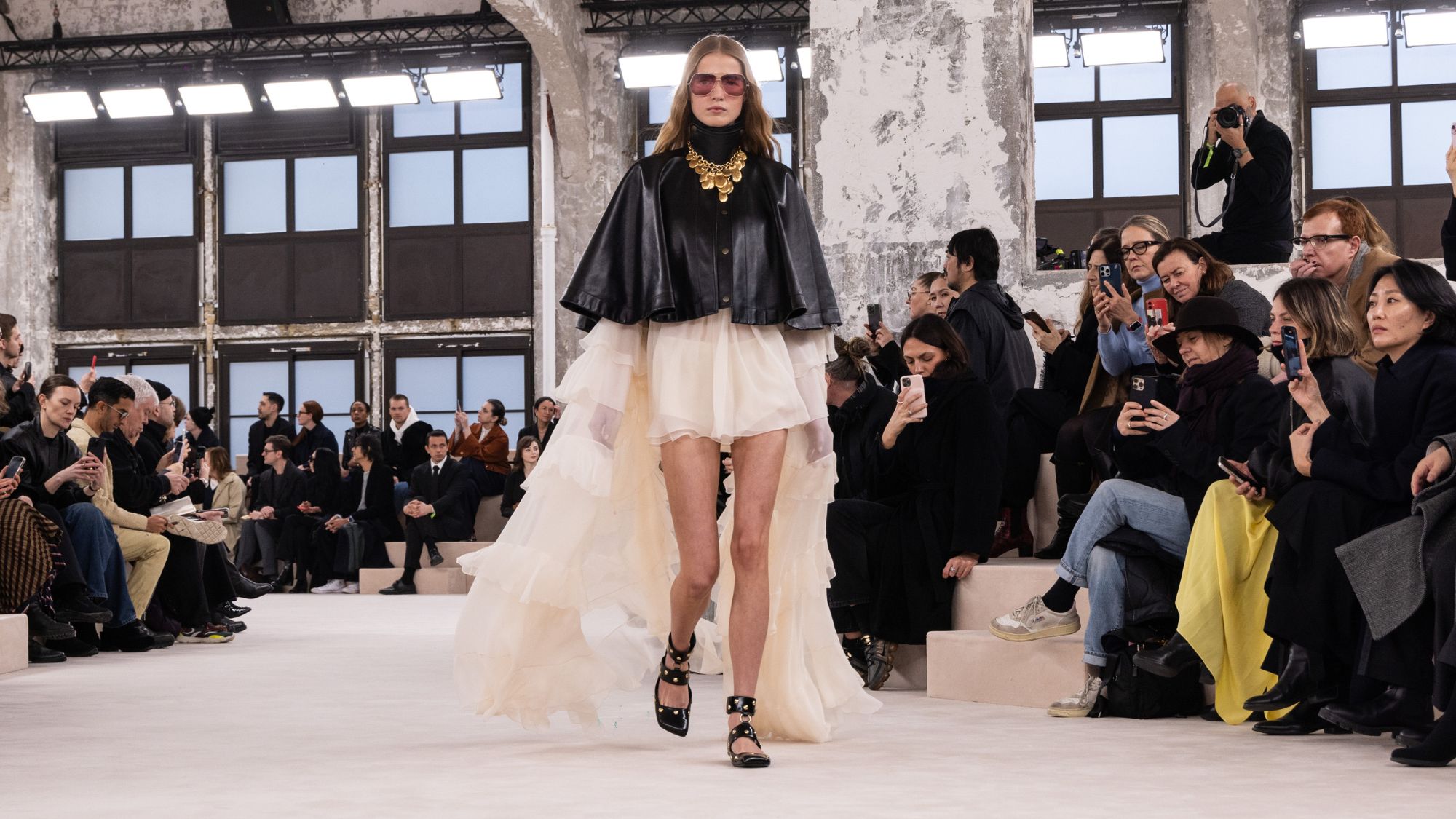
Fashion trends are famous for being fleeting. This is, after all, what keeps the ever-evolving industry on its toes, showcasing new collections every six months in the hope of shifting shade ranges, silhouettes and fabrics with the seasons. Yet, while we were once accepting of this biannual affair, stretching overarching themes out for many months or often years, as with most industries in this modern world, trend cycles have started to pick up at quite a rapid pace.
According to McKinsey & Co’s The State of Fashion 2024 report, if progress continues at this speed, “clothing and footwear consumption is expected to increase by over 60 per cent, from 62 million tonnes in 2019 to 102 million tonnes in 2030”. This, of course, will only wreak more havoc on an already heavily polluted planet and its people. The good news, however, is that a solution is now in sight. Although before I unveil the answer, it first begs the question of how we find ourselves here in the first place.
“A trend is how we describe the general direction in which something is developing or changing,” explains Dr Carolyn Mair, a cognitive psychologist, fashion business consultant and author of The Psychology Of Fashion. “In fashion, high-profile fashion designers and their collections showcased at fashion weeks are often the starting point for trends. The designs presented influence what will be available in stores and what consumers will wear,” she adds, noting how groups of people will adopt new trends at different rates.

Proving the vast number of trends at one time, as we head into the autumn/winter season, Net-a-Porter reports searches for ‘boho’ increased by 211 per cent, ‘burgundy’ by 223 per cent, ‘yellow dress’ by 659 per cent and ‘suede jacket’ by 129 per cent in the last three months.
“One simple explanation of why trends catch on is that we are naturally attracted to novelty. A trend represents something new and different that breaks the monotony of existing styles,” explains Mair, adding its this excitement of trying something that drives the rapid spread of fashion trends. “In addition, our inherent need to belong to social groups can be met through fashion by using it to signal group membership and reinforce connection to that group, which satisfies our need for belonging and acceptance, but quite often, that’s not enough,” she stresses.
“We are driven to gain status through appearance and do this by comparing ourselves with others, a concept known as social comparison,” she continues. And in today’s world, we’re not only comparing ourselves to our peers but to the entire world all the time.
Mair then highlighted the crux of the issue. “From a psychological perspective, we are turning to fashion trends today more than ever due to the influence of social media, which amplifies social comparison, peer influence, and the desire for instant gratification.” Going above and beyond the traditional (albeit already too frequent) trend cycle, “the fast-paced nature of digital content fuels a continuous cycle of trend adoption as individuals strive to stay current and relevant in a highly connected, visually oriented culture”.
Now, in addition to the runway regularly releasing trends, content creators, fashion fans and social media savvy individuals are doing the same, sparking the rise of the ‘micro-trend’, such as the recently popular ‘tomato girl’, ‘garden girl’ or flower-printed tees.
This can be seen as a positive push, opening the trend influence up to a wider pool of people. As a TikTok Shop spokesperson emphasises, “the variety of trends on TikTok make it a diverse and inclusive space where there is something for everyone. Whatever your style is, you can find your tribe and tap into the trends that suit you best”. Yet new trends often come with new products and often at the expense of the planet.
According to McKinsey & Co, “rapid trend cycles go hand in hand with ultra-cheap products that are often quickly discarded,” highlighting the likes of Shien and Temu. However, these business models are about to see a significant shift. Despite growing conversations around sustainability, “the fashion industry is heading for a reality check,” states the McKinsey & Co State of Fashion 2024 report. “With the industry struggling to move forward, regulators are stepping in,” specifically the EU’s Strategy for Sustainable and Circular Textiles, passed in June 2023, which proposes tough new restrictions on all new fashion items soon to be made, including the usage of digital product passports, a push for longer lasting materials and extra responsibility put on producers.
Could this spell the end of the trend cycle as we know it? Well, it will certainly help to put the brakes on the the rapid rate. So it’s high time to adopt trends in a different way, shifting the focus from new items to new ways if styling what’s already in our wardrobes, and, ironically, social media sites such as TikTok hold an impressive amount of inspiration. Or, perhaps our continual want for newness simply needs to be kicked to the curb.







